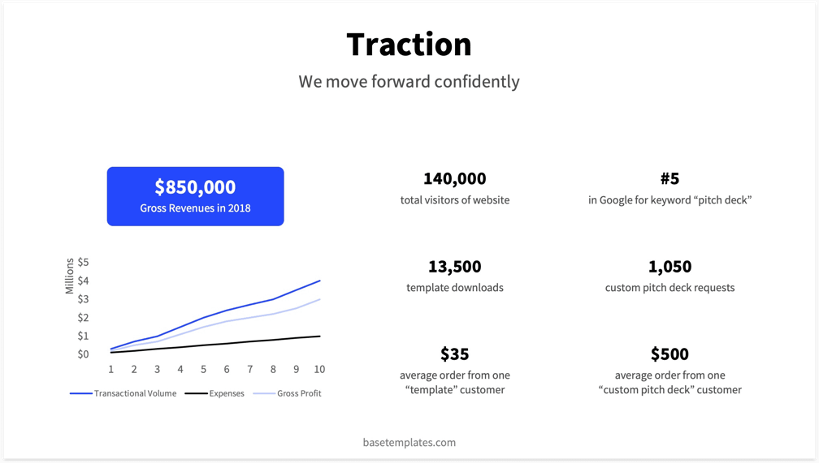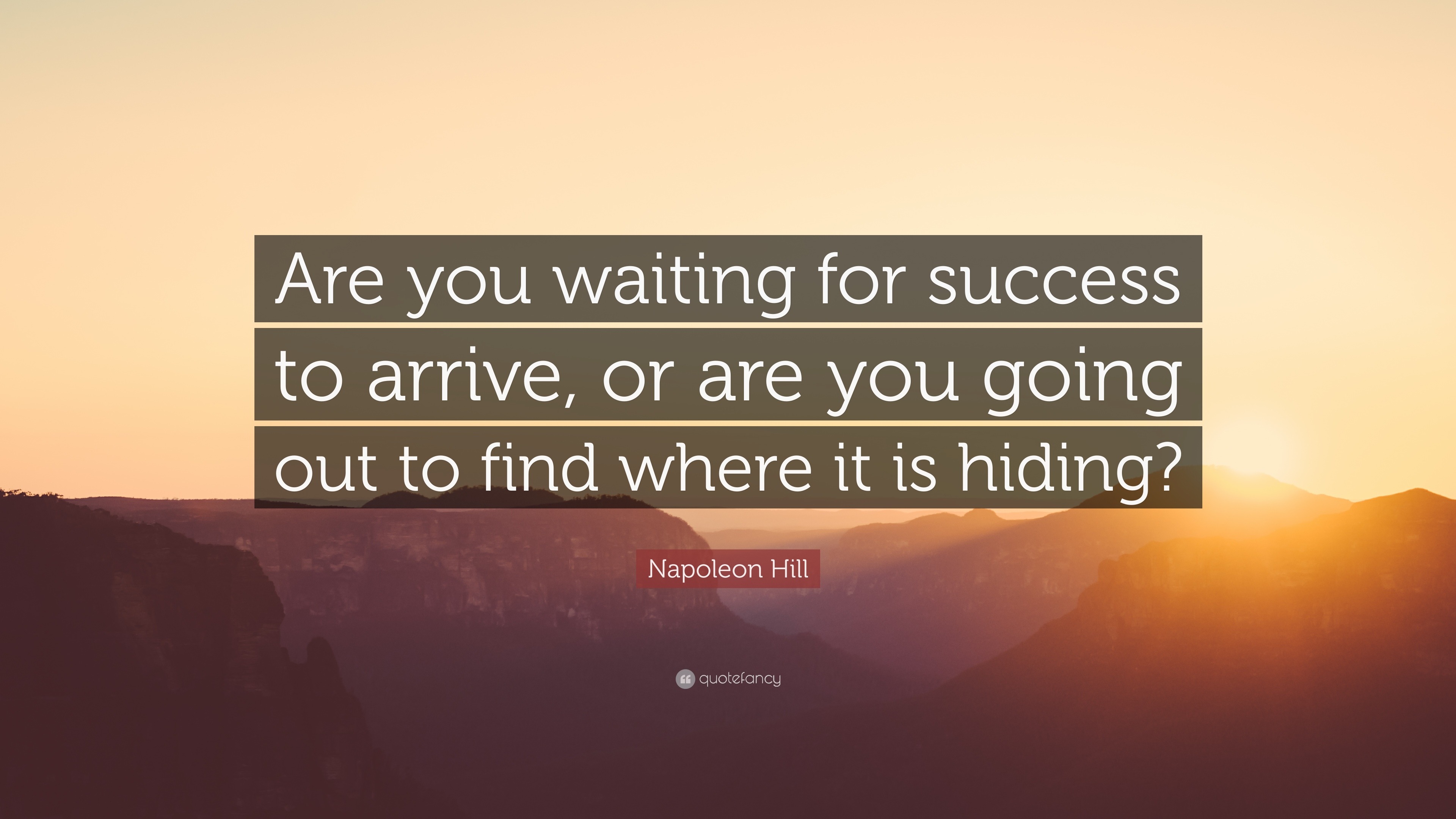This is a Guest Blog Post from Phuong Le. She originally posted this on Medium in October, 2022.
Have you ever watched Shark Tank and wondered if a real pitch would be the same? Have you ever wished you were Mark Cuban or Lori Greiner to know how closing a deal would feel like? This is a sign for you to attend a real one! Let me, an amateur entrepreneur, show you what I found interesting in a real pitchfest.
Introduction
I recently participated in CONNECTpreneur’s Rocket Pitch + Power Networking, one of the world’s biggest pitchfests, with over 500 chief executives, including over 200 CEOs and founders, and approximately 200 angel investors and venture capitalists from all over the United States. The event includes not one but two online networking sessions and a “Rocket Pitch” segment with fascinating startups.
After the opening remarks, where I got to hear from the event’s host and founder, Tien Wong, there was the “Rocket Pitch” Showcase of 12 promising new tech companies. From the original group, I was particularly interested in two of them, Kinometrix and PetMetrics, based on the strength of their AI and technological involvement, the viability of their expansion plan, and the positive social impact they could have.
Kinometrix
The company focuses on the one million patients’ fall risks in hospitals — a niche accident that necessitates the attention of authorities. Since this issue has been looked down upon and lacks subjective assessment or accurate risk measurements:
- More than a third of the number results in severe injuries that lead to 11,000 deaths.
- Cost ~$7,000 per fall due to higher discharge rates and long-term care facilities.
- Cost ~$7B annually as total expenses to overcome these injuries.
“The very first requirement in a hospital is that it should do the sick no harm,” claimed Florence Nightingale, demonstrating one of the major outcome that Kinometrix is following to achieve.
What Kinometrics has to offer
Using 500,000 inpatient records, Kinometrix was invented as an automated AI-driven platform that can predict real-time patient falls with specific modules and machine learning algorithms.
The patent-pending system automatically extracts variables from EHR with the assistance of AI and delivers this data to EHR for further adapted recommendations and protocols. This bi-directional API allows for seamless workflow integration that reaches 98% accuracy.

The company aims to address pressure injuries and hospital-acquired infections in their future AI-driven applications, in which the market is projected to be $98B, including over 1 million licensed beds in US hospitals. The business profits from an annual fee of $480 per licensed bed with the upcoming separate potential new risk prediction modules updating with an additional fee.

While the company’s 2022 revenue is only over $50,000 with the current four investors, it is projected to reach $2.3M in 2023 and over $25M in 2025. It was seeking a financial fund of $750K in its Rocket Pitch series seed raise for enterprise readiness & integrations, sales support, and IP & regulatory.

PetMetrics
The company was founded by Dr. Gary Richter, the owner of award-winning Holistic Veterinary Care in Oakland, CA, and the founder of Ultimate Pet Nutrition supplements and food, which is currently holding over $50M in annual sales and over 400,000 loyal users.
What is PetMetrics?
PetMetrics is an broad-spectrum vital sign sensing platform using a wearable biometric sensor with a mobile app of AI data analytics licensed from NASA designed. The device’s AI/ML systems utilize the pet’s data while comparing it with other similar symptoms from other animals to provide an alert at the earliest signs of illness, protecting the pets and their parents from fatal transmitting diseases. It comes with a mission to:
- Serve the growing need for a technology that allows easier and non-invasive detection of all pet diseases.
- Lower the rate of late diagnosis, unqualified treatment options, and mortality rates.


Since pet parents are often willing to spend to protect their loved ones, the market for this product is extremely inelastic: the US pet industry exceeds $100B annually, with the pet wearables market holding 22% CAGR. The company further targets the market of working dogs (in police and military departments) and even large animals such as horses and cattle.

In the Rocket Pitch seed round, the company desired a $1M SAFE note of $8M valuation with an 80% discount rate. The financial support would help the company execute appropriate plans for growing fast, reaching its expected break-even in 2024.
My takeaways
- Twelve competitors presented their business, predominantly of which are related to technology and AI-driven. A rising trend in innovation and entrepreneurship is about using technology and digital tools to enhance the well-being of not only humans but also all the surrounding lives. I could expect that even the investors had a hard time deciding which company was the most promising because every single one was excellent.
- I found it greatly interesting because of the “meeting” feature, in which any attendees, including me, can directly get in touch with the entrepreneurs or CEOs I desire via the breakout rooms or published information of the registrants — even I can become an investor! So many people who are just individual investors claim to get a profit out of their investment.
- There is Investors’ Pollings to gather needs and wants from participated investors. It was pretty interesting as I could observe the current pattern and desires of investors when they declare their needs directly to the organization.
- PetMetrics and Kinometrics are both potential companies with ambitious plans. However, it is still a challenge to seek such a large amount of financial support, which will limit their investors to only large companies or VCs rather than small and individual investors who hold a significant percentage of the participants of the Rocket Pitch fest.
- This feels like Shark Tank in real life, in which I can be a Shark if I want to. I wish I had a chance to attend an in-person version of this monthly Pitchfest. So many lessons to learn and improve myself as an entrepreneur. Kudos to all the great work!
About CONNECTpreneurs:
CONNECTpreneur Forum is a global network including 25,000+ entrepreneurs, founders, CEO, venture capitalists and angel investors, CXOs, and many other business executives. The organization’s RocketPitch is the world’s biggest monthly pitchfest bringing together 800+ top founders, CEOs, investors, and business leaders for excellent networking through pitches of intriguing early-stage startups. The event is famous for the caliber of guests and participants and fascinating networking and programs, all of which combine to create unforgettable events and opportunities for our attendees and the value they receive from their sponsorship. Countless entrepreneurs, investors, and funders worldwide rely on the CONNECTpreneur team for guidance and assistance with capital raising, coaching, and other business needs.
Thank you for reading. Please show love!






















